Hi there, pet lovers! 🐠
Cichlids are among the most captivating freshwater fish in the aquarium world — admired for their stunning colors, fascinating behaviors, and complex social structures. Whether you’re an experienced aquarist or a beginner looking for a lively, intelligent addition to your tank, cichlids offer a rewarding experience. However, they’re not just any ordinary fish — these creatures require proper care, the right environment, and understanding of their territorial nature to thrive.
In this comprehensive review, we’ll dive deep into everything you need to know about cichlids — from their temperament and habitat needs to costs, feeding, and common health concerns. Whether you’re interested in African, South American, or dwarf species, this guide will help you decide if a cichlid is the right pet for your aquarium.
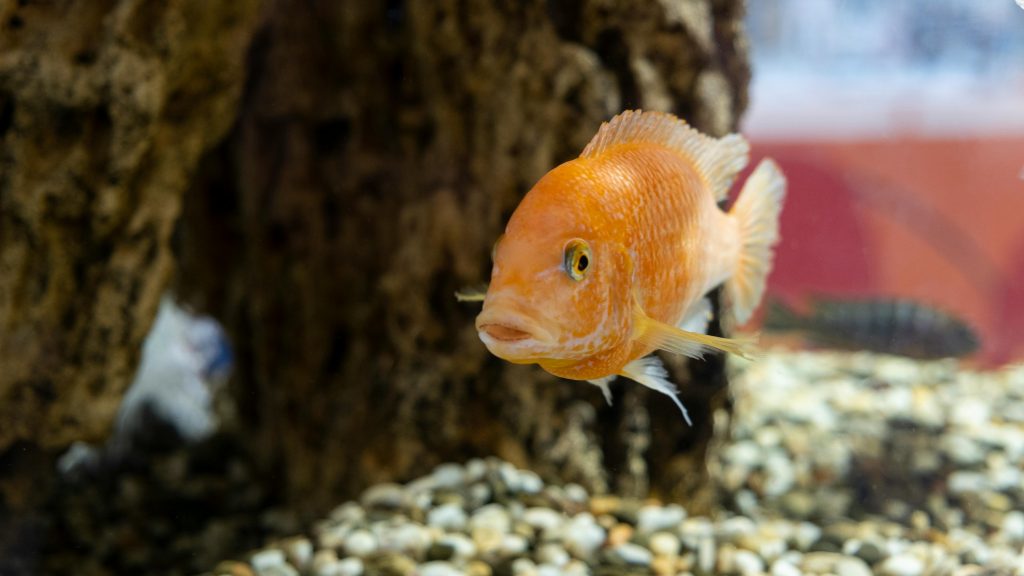
Overview
Cichlids are a large and diverse family of freshwater fish known for their brilliant coloration, unique personalities, and fascinating breeding behaviors. Found primarily in Africa and South America, there are over 1,300 recognized species, making them one of the most varied families of fish.
Here’s a quick summary of what makes them stand out:
- Behavior and Temperament: Active, intelligent, but often territorial.
- Care and Maintenance: Moderate difficulty; require specific water chemistry and tank setup.
- Health and Durability: Hardy when kept in stable water conditions.
- Availability: Widely available through aquarium stores and breeders.
- Cost: Moderate; setup can be more expensive than community tanks.
- Overall: A vibrant, rewarding species for aquarists willing to provide proper care and environment.
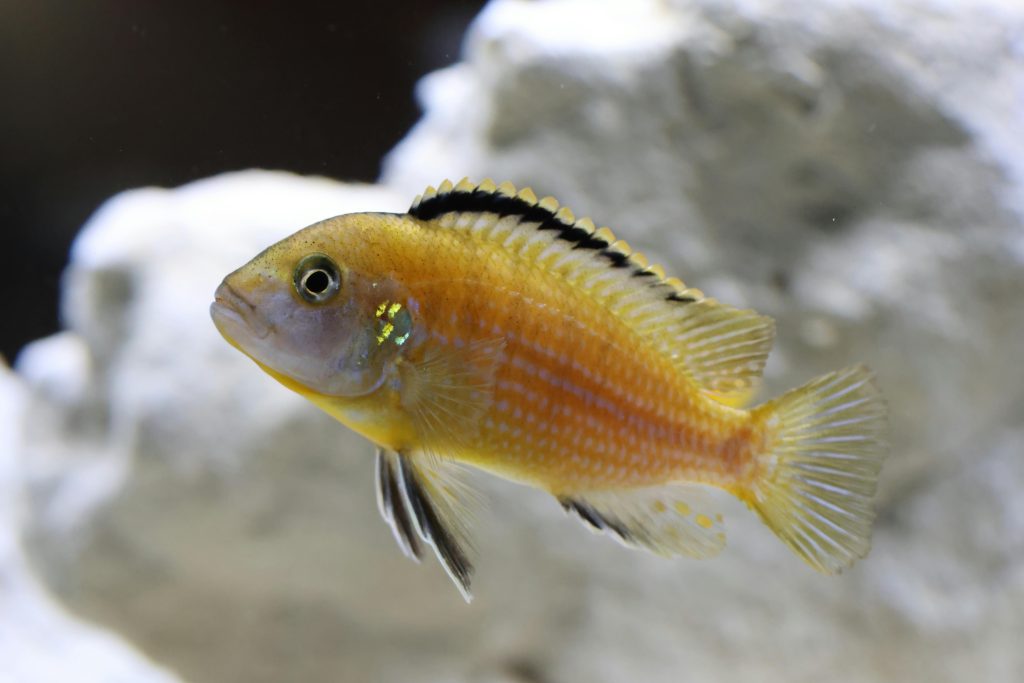
Why Choose a Cichlid?
Cichlids are not only beautiful but also highly intelligent and interactive, often recognizing their owners and displaying complex behaviors rarely seen in other freshwater fish. They exhibit social hierarchies, parental care, and territorial instincts — making them fascinating to observe.
For those who enjoy aquariums that feel alive and full of personality, cichlids are a perfect choice. However, they do require more planning and understanding than typical community fish. Their strong personalities and territorial nature mean they thrive best in tanks specifically designed for them.
Cichlids also come in a stunning variety of colors and shapes — from the vivid blues and yellows of African species like the Electric Yellow Labidochromis and Peacock Cichlid, to the bold reds and greens of South American types such as Oscar and Severum.
With proper care, many cichlids can live 8–15 years, making them a long-term and deeply engaging aquatic companion.
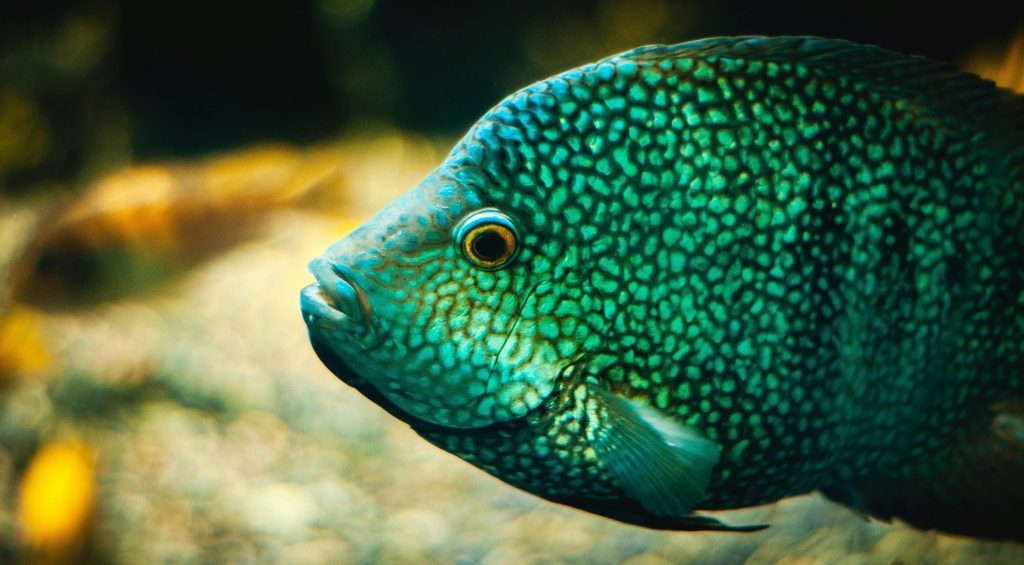
Behavior and Temperament
Cichlids are famous for their intelligence and strong personalities. Unlike many schooling fish, each cichlid has its own temperament and social rank within the tank.
Key Behavioral Traits
- Territorial Nature: Especially in males, territory disputes are common. Proper tank size and layout are essential to reduce aggression.
- Breeding Behavior: Cichlids are devoted parents. Many species exhibit fascinating behaviors such as mouthbrooding, where mothers (and sometimes fathers) carry fry in their mouths for protection.
- Social Hierarchies: Dominant males often control territories, while subordinates must find hiding spaces.
- Interaction with Owners: Cichlids quickly learn feeding routines and may approach the glass when they see their caregivers.
Compatibility
- Best kept with other cichlids of similar size and temperament.
- Avoid housing them with peaceful community fish like tetras or guppies, as cichlids may bully or even eat them.
- Species such as Peacock Cichlids (Aulonocara) and Angelfish are generally more peaceful than aggressive types like Mbuna or Convict Cichlids.
Cichlids are vibrant, but their complex personalities mean they’re best suited for aquarists who enjoy observing social dynamics rather than a peaceful display tank.
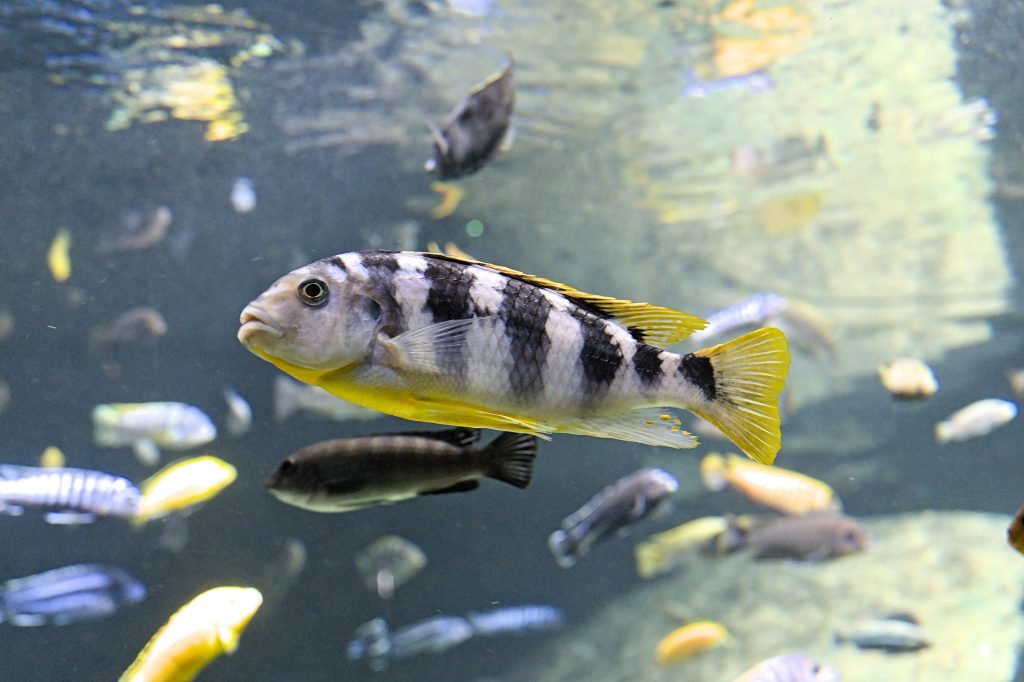
Care and Maintenance
Caring for cichlids involves more than just water and food — it’s about creating an ecosystem that mirrors their natural environment. While they’re hardy fish, they thrive only when their specific requirements are met.
Tank Setup
- Tank Size: Minimum 30 gallons for small species (like dwarf cichlids), while African and South American species often need 55–100 gallons or more.
- Aquascape: Cichlids love to dig and rearrange substrate, so use fine sand or smooth gravel. Add rocks, caves, and hiding spots to define territories.
- Plants: Some cichlids, particularly African varieties, may uproot or eat plants. Use hardy species like Anubias, Java Fern, or Vallisneria, or opt for artificial plants.
- Filtration: Strong filtration is essential. Cichlids produce a lot of waste, so invest in a canister or power filter with good biological media.
- Lighting: Moderate lighting is best; too much light can encourage algae growth.
Water Conditions
Different cichlids have different needs depending on their origin:
African Cichlids (e.g., from Lake Malawi, Tanganyika, Victoria):
- pH: 7.8–8.6
- Hardness: 10–20 dGH
- Temperature: 76–82°F (24–28°C)
South American Cichlids (e.g., Oscars, Angelfish, Discus):
- pH: 6.0–7.5
- Hardness: 3–10 dGH
- Temperature: 75–82°F (24–28°C)
Regular water changes (25–30% weekly) and monitoring ammonia, nitrite, and nitrate levels are crucial for their long-term health.
Feeding
Cichlids are omnivorous, but their diet varies by species. Proper nutrition enhances their coloration and behavior.
Diet Breakdown
- Pellets and Flakes: A high-quality cichlid pellet or flake should be their main diet. Brands like Hikari, New Life Spectrum, and Tetra Cichlid are well-regarded.
- Frozen and Live Foods: Supplement with brine shrimp, bloodworms, or daphnia for added protein.
- Vegetables: Many African species benefit from blanched spinach, peas, or spirulina-based foods to prevent digestive issues.
- Feeding Frequency: Feed once or twice daily in small portions that can be eaten within 2–3 minutes. Overfeeding can cause bloating and water quality issues.
Important Tip
Avoid feeding cichlids too many live feeder fish, as this can introduce diseases and cause aggression to spike.
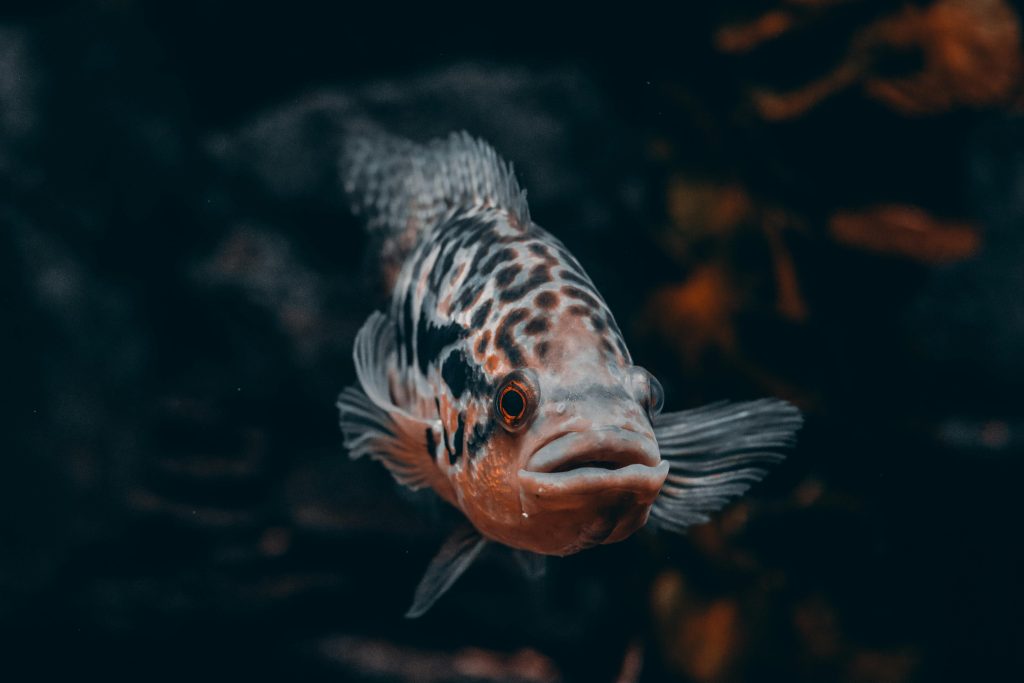
Health and Durability
Cichlids are robust fish when kept in clean, stable environments. However, poor water quality or stress can quickly lead to illness.
Common Health Issues
- Ich (White Spot Disease): Caused by temperature fluctuations or stress; treat with heat adjustments and ich medication.
- Hole-in-the-Head Disease: Often linked to poor diet or high nitrates; provide varied nutrition and maintain excellent water quality.
- Fin Rot: Caused by bacterial infections, usually from aggression or dirty tanks.
- Bloat: Especially common in herbivorous African cichlids; caused by overfeeding protein-rich foods.
Preventative Care
- Maintain water quality with weekly changes.
- Offer a balanced, species-appropriate diet.
- Quarantine new fish before adding them to your main tank.
With good care, many cichlid species live 8–15 years, with larger species like Oscars living up to 20 years.
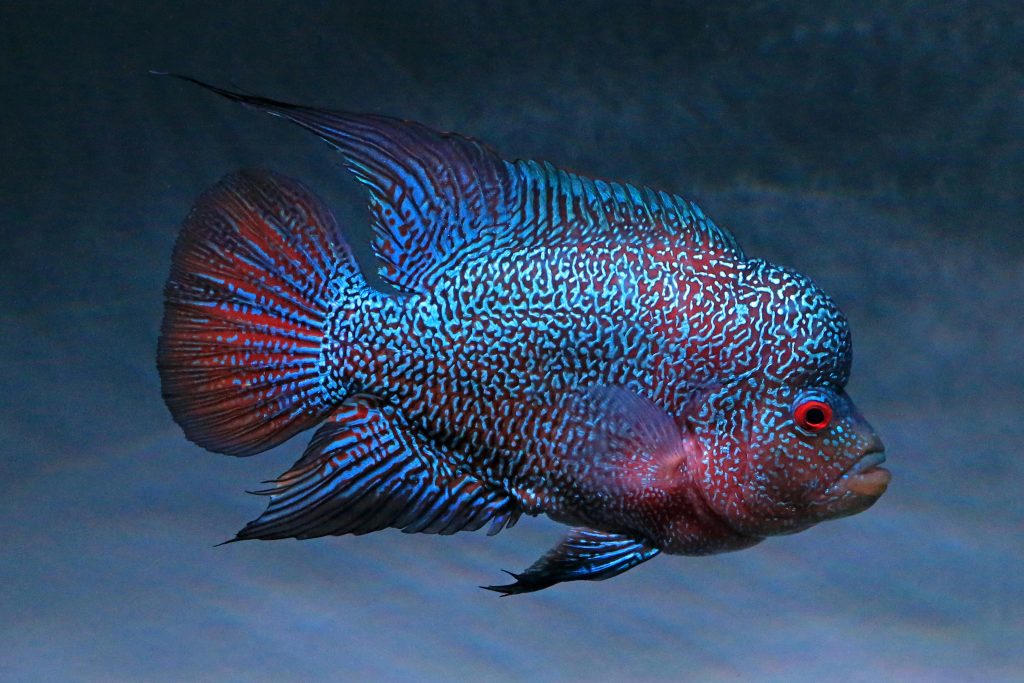
Availability and Cost
Cichlids are widely available and come in a huge range of sizes, colors, and prices.
Where to Buy
- Aquarium Stores: Most pet shops carry common species such as Convict, Angelfish, and Peacock Cichlids.
- Breeders and Clubs: Great for obtaining healthy, well-bred fish with proper lineage.
- Online Retailers: Reliable for finding rare or exotic species (though shipping stress should be considered).
Cost Breakdown
- Fish Price: Common cichlids range from $5–$30, while rare types (like Frontosa or Discus) can reach $100–$300.
- Tank Setup: A proper cichlid aquarium (55 gallons or larger) with filtration, substrate, decor, and water conditioner may cost $300–$600 initially.
- Maintenance Costs: Expect $10–$30 monthly for food, water treatments, and electricity.
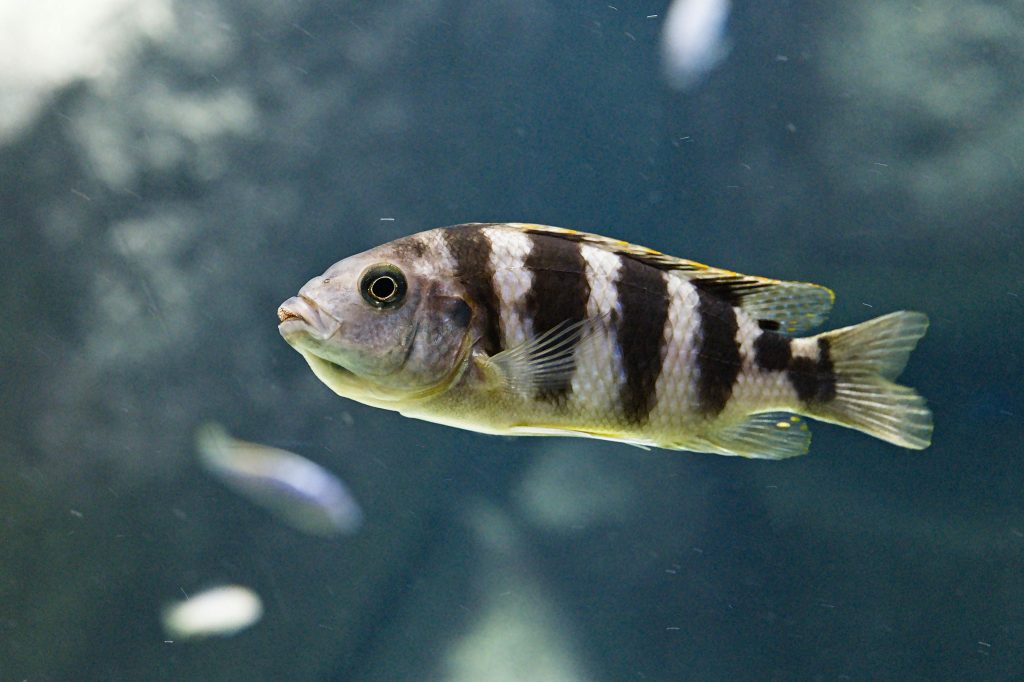
Pros and Cons
Pros
✅ Incredibly colorful and diverse.
✅ Intelligent, interactive behavior.
✅ Long lifespan and hardy nature.
✅ Fascinating breeding and social interactions.
✅ Widely available and highly customizable setups.
Cons
❌ Can be territorial and aggressive.
❌ Require large tanks and careful species selection.
❌ Sensitive to poor water conditions.
❌ Some species may uproot plants or rearrange decor.
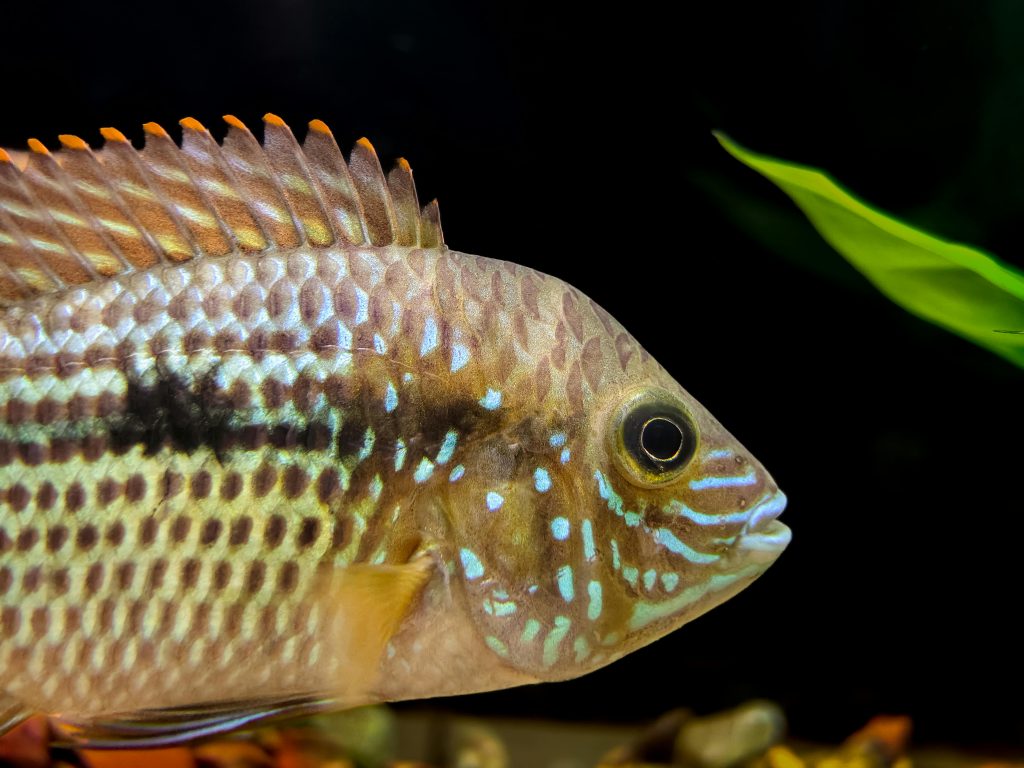
Final Thoughts
Cichlids are a remarkable choice for anyone seeking a vibrant, intelligent, and engaging fish that brings life and color to an aquarium. Their striking appearances, fascinating behaviors, and interactive personalities make them stand out from typical community fish.
While they do demand careful planning, consistent water quality, and a suitable tank setup, the result is a thriving ecosystem that’s endlessly captivating to watch.
For aquarists who love observing natural behaviors, building dynamic environments, and connecting with their fish on a deeper level, cichlids are one of the most rewarding species to keep.
If you’re considering getting one (or several), visit a reputable aquarium store or breeder — and prepare to be amazed by the dazzling variety of shapes, colors, and personalities within the world of cichlids.
Have you kept cichlids before? Share your experiences and setup ideas in the comments below! We’d love to hear how your tank thrives and what makes your cichlids special.
For more aquarium care guides and pet reviews, stay tuned to our blog — your next favorite aquatic companion might be just a splash away! 🐟
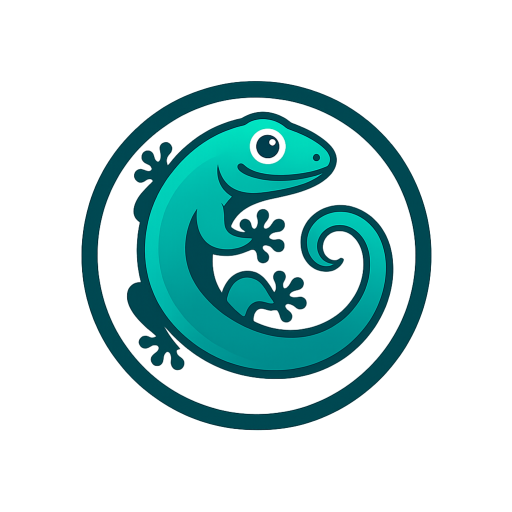
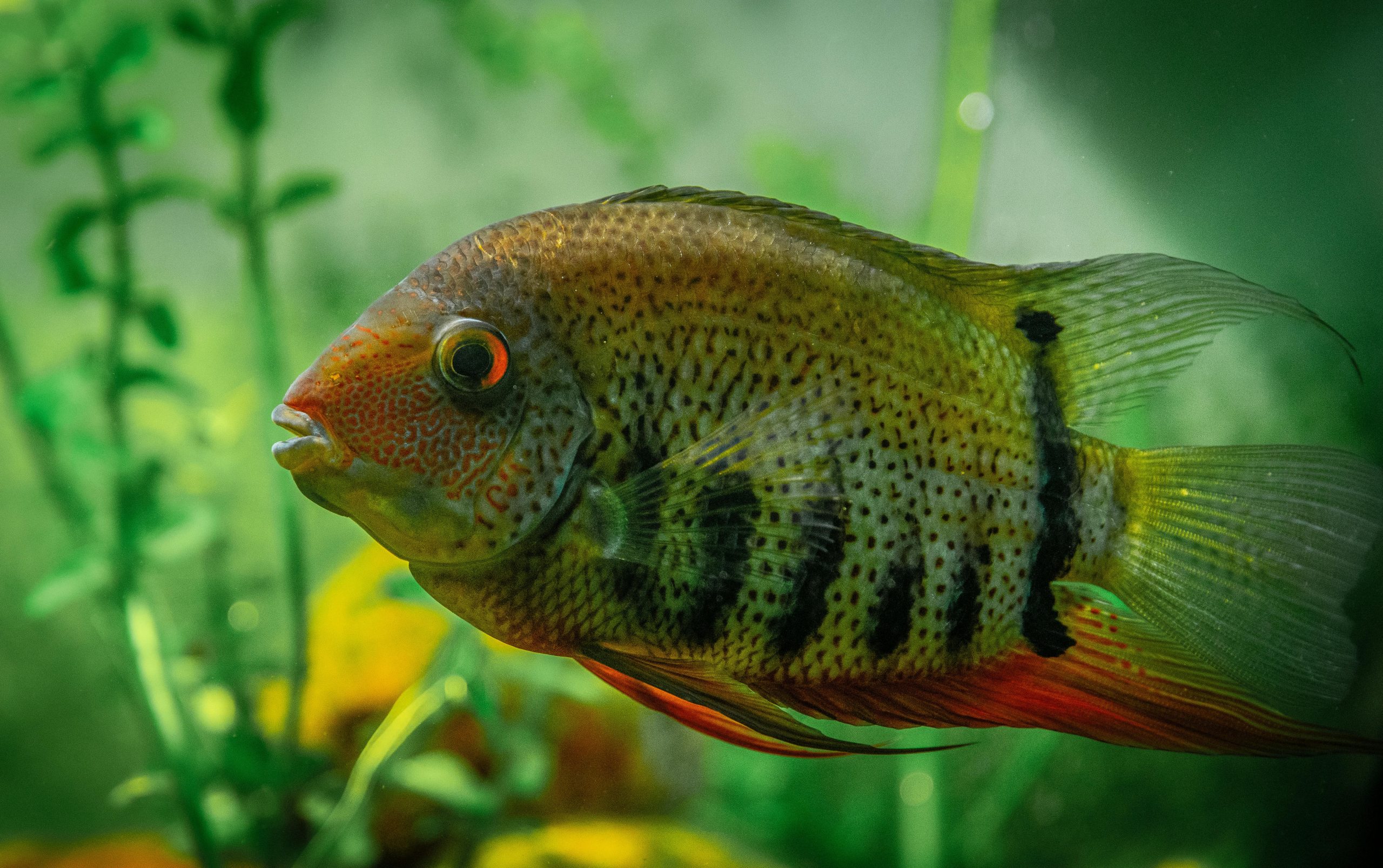

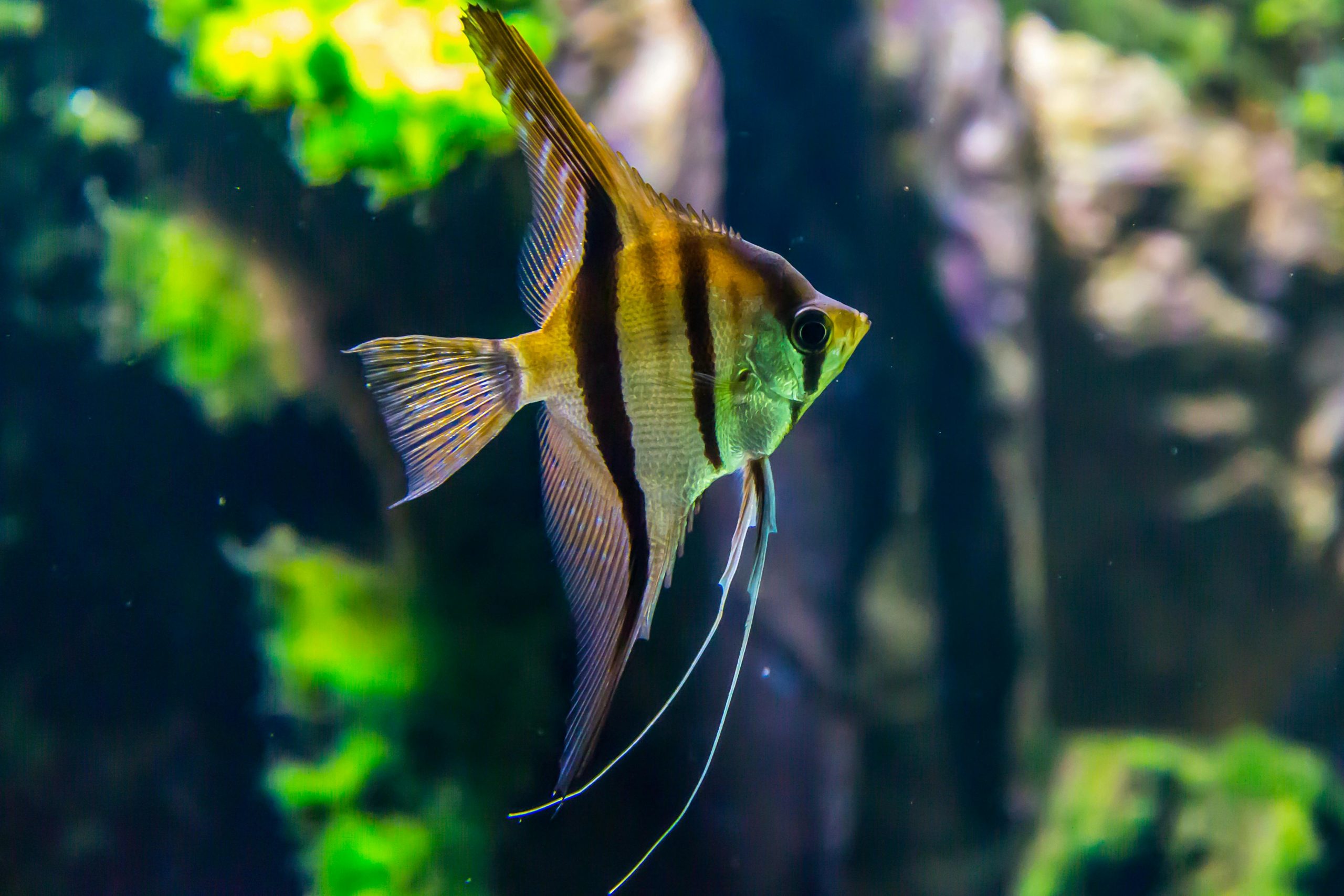
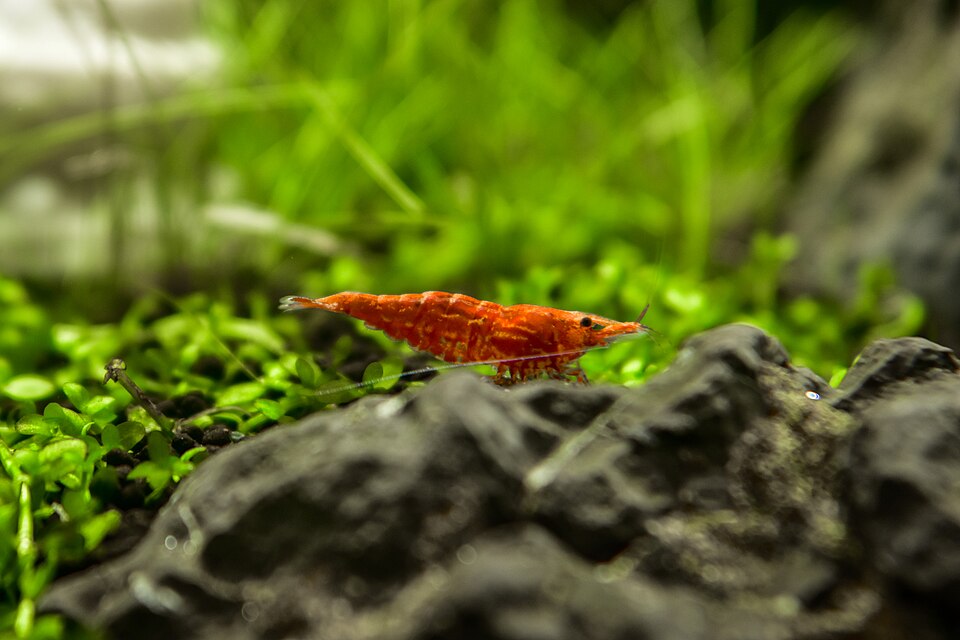

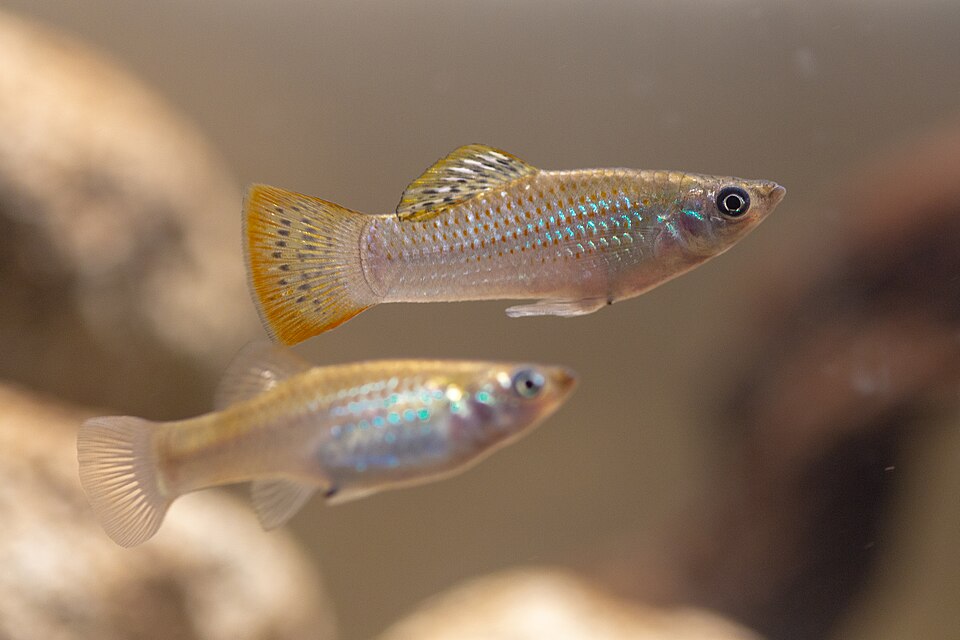
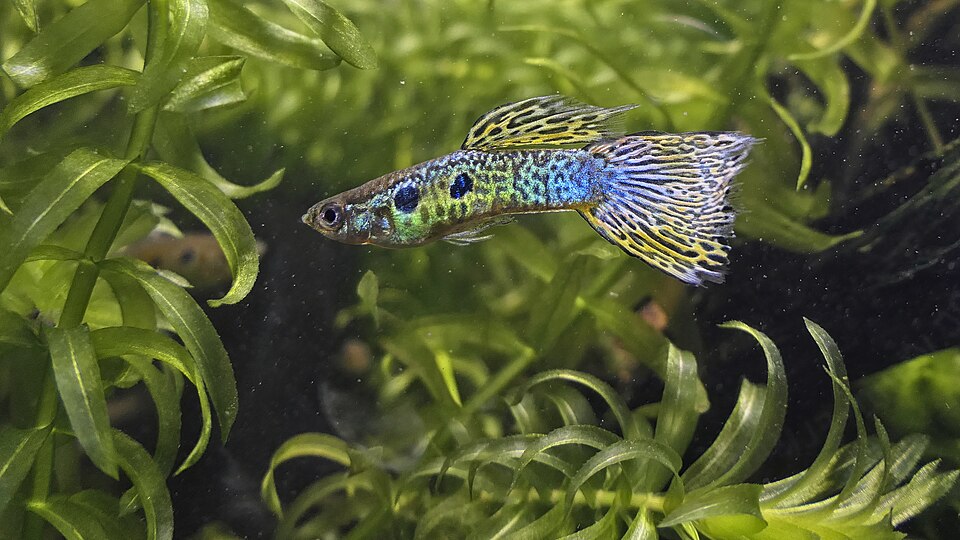
Leave a Reply